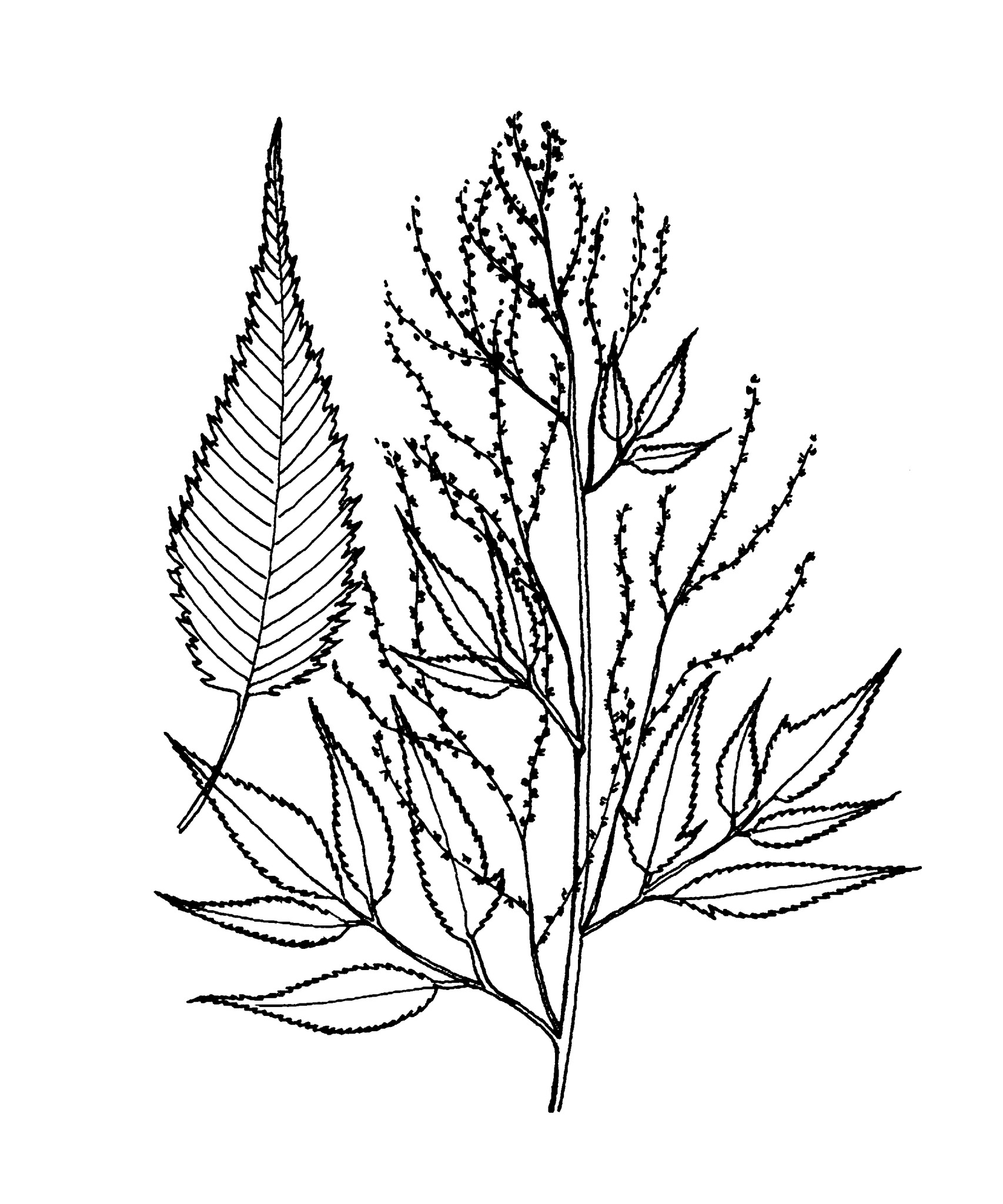
Ancient Latin name.
Perennial herbs with woody rhizomes. Leaves alternate, mostly pinnate, divided 2-3 times, arising from swollen nodes and with long stalks. Male and female flowers on separate plants. Epicalyx present. Flower clusters large, in spike-like plumes. Flowers with 5 sepals and 5 whitish petals. Stamens numerous around a cup-shaped disk. Carpels mostly 3, free. Fruits forming a cluster of follicles.
Grown for the ferny leaves and attractive, plumed, upright clusters of tiny cream-white flowers.
2-3 species from the northern hemisphere.
Seed or division.
Flowers unisexual, in plume-like clusters; fruits comprising a cluster of follicles. Similar to Astilbe but with stamens numerous, not 4-10 as in Astilbe.
Source: (2002). Rosaceae. In: . Horticultural Flora of South-eastern Australia. Volume 3. Flowering plants. Dicotyledons. Part 2. The identification of garden and cultivated plants. University of New South Wales Press.
